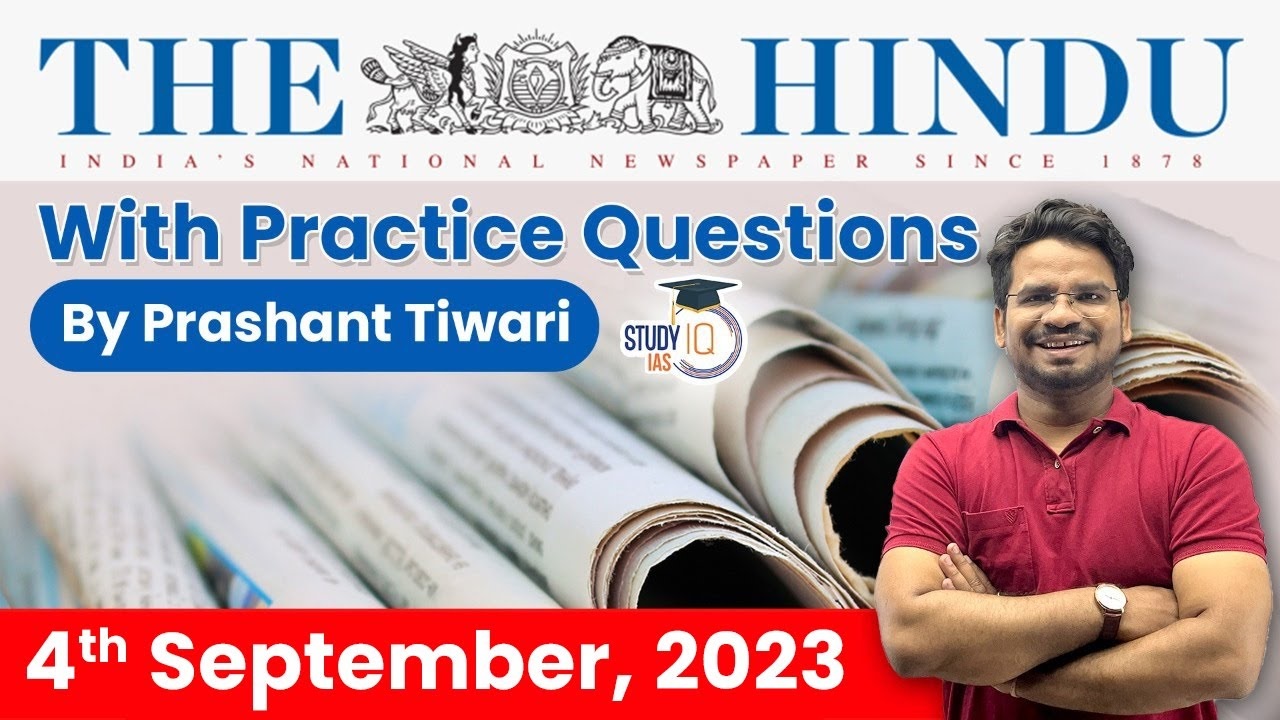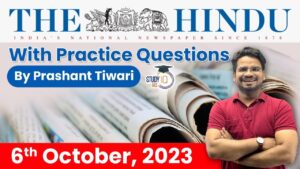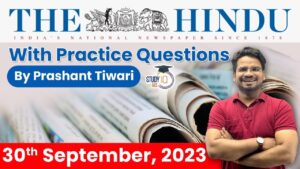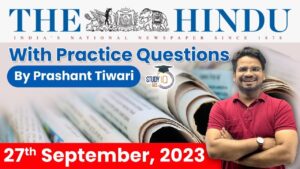The Hindu Newspaper Analysis for UPSC
- Prime Minister Narendra Modi has cautioned against irresponsible financial policies and populism, saying that these measures may give political results in the short term, but will extract “a great social and economic price in the long term” with the most consequences for the “poorest and most vulnerable”.
- In an interview to the news agency Press Trust of India, released on Sunday, Mr. Modi said that India had been sensitive to neighbours such as Sri Lanka which were going through such a crisis, and mentioned the domestic situation.
- he dismisses the reactions against holding meetings in Kashmir, Arunachal in the run-up to summit
The Hindu Editorial Today
What is the Places of Worship Act?
- About:
- It was enacted to freeze the status of religious places of worship as they existed on August 15, 1947, and prohibits the conversion of any place of worship and ensures the maintenance of their religious character.
Major Provisions of the Act:
- Prohibition of Conversion (Section 3):
- Prevents the conversion of a place of worship, whether in full or part, from one religious’ denomination to another or within the same denomination.
- Maintenance of Religious Character (Section 4(1)):
- Ensures that the religious identity of a place of worship remains the same as it was on August 15, 1947.
- Exceptions to the Act (Section 5):
- The Act does not apply to ancient and historical monuments, archaeological sites, and remains covered by the Ancient Monuments and Archaeological Sites and Remains Act, 1958.
- It also excludes cases that have already been settled or resolved and disputes that have been resolved by mutual agreement or conversions that occurred before the Act came into effect.
- The Act does not extend to the specific place of worship known as Ram Janmabhoomi-Babri Masjid in Ayodhya, including any legal proceedings associated with it.
- Roughly a week after the Indian Space Research Organisation (ISRO) soft-landed a robotic lander and rover on the moon’s south polar region, it launched India’s first space mission dedicated to studying the sun, in the form of a spacecraft named Aditya-L1.
- Barely half a day after the launch, ISRO announced that its lunar rover had completed the surface studies it had planned and that it had been “parked” ahead of the two-week-long lunar night.
- This vignette illustrates a certain maturity on the part of the Indian space programme: it enters a phase where its growth from strength to strength becomes indistinguishable from international leadership in space exploration, even as it carries forward an old tradition of studying the sun, exemplified by the Kodaikanal Solar Observatory.
- In the next four or so months, Aditya-L1 will travel to the L1 Lagrange point, a point 1.5 million kilometres from the earth, where the spacecraft will have an unobstructed view of the star while it stays in a halo orbit around the point.
- To deepen its relevance, Aditya-L1 will also have to record and transmit data to earth as quickly as possible, where the data downlink and analysis pipeline will have to operate with similar haste, so that scientists can piece together a concurrent image of the sun.
- Despite being a major food producer with extensive food security schemes and the largest public distribution system in the world, India still grapples with significant levels of food insecurity, hunger, and child malnutrition.
- The Global Hunger Index (GHI), 2022, ranked India 107 among 121 countries, behind Nigeria (103) and Pakistan (99). Concern (Worldwide of Ireland and Welthungerhilfe)
- The GHI provides a composite measurement and tracks undernourishment and hunger at the national level across three dimensions: calorie undernourishment, child malnutrition, and under-five mortality.
- According to the State of Food Security and Nutrition in the World report of 2022, India is home to 224.3 million undernourished people.
- According to the Food and Agriculture Organization, the proportion of calorie undernourishment in India has been escalating since 2017, reaching 16.3% in 2020, equivalent to the 2009 statistic.
- Notably, no National Sample Survey (NSS) round on nutritional intake has been conducted by the government since 2011-12, which used to offer insights into the prevalence of calorie undernourishment at national and subnational levels.
- In the 78th round of the NSS conducted in 2020-21, four key questions were included to gauge household food insecurity.
- The National e-Governance Division (NeGD) of the Ministry of Electronics and Information Technology (MeitY) is set to integrate Personalised Adaptive Learning (PAL) into its existing Digital Infrastructure for Knowledge Sharing (DIKSHA) platform.
- The PAL’s software-based approach is expected to allow each student to have an individualised learning experience over the course of the curriculum based on their unique needs and abilities.
- DIKSHA, which comes under the Education Ministry, provides e-content for schools by an online portal and a mobile application. It has embedded assistive technologies for learners with visual or hearing challenges. However, DIKSHA is a static content repository.
- DIKSHA features digitised National Council of Educational Research and Training (NCERT) textbooks used by national and State Boards. Apart from this, DIKSHA hosts 2.43 lakh contributions by 11,624 academics by way of teaching videos, explainers, and practice questions. Currently, all these contributions are scattered across the platform.


 The Hindu Newspaper Analysis 6 October 2...
The Hindu Newspaper Analysis 6 October 2...
 The Hindu Newspaper Analysis 30 Septembe...
The Hindu Newspaper Analysis 30 Septembe...
 The Hindu Newspaper Analysis 27 Septembe...
The Hindu Newspaper Analysis 27 Septembe...





















